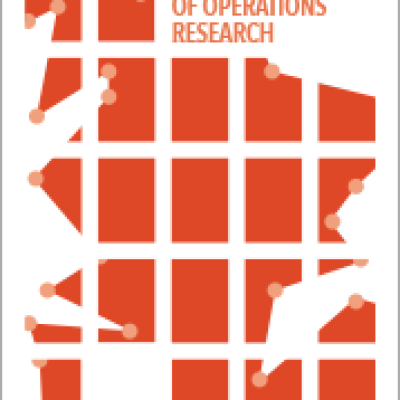Uniqueness of Clearing Payment Matrices in Financial Networks
Péter Csóka, P. Jean-Jacques Herings
Abstract
We study bankruptcy problems in financial networks in the presence of general bankruptcy laws. The set of clearing payment matrices is shown to be a lattice, which guarantees the existence of a greatest clearing payment and a least clearing payment. Multiplicity of clearing payment matrices is both a theoretical and a practical concern. We present a new condition for uniqueness that generalizes all the existing conditions proposed in the literature. Our condition depends on the decomposition of the financial network into strongly connected components. A strongly connected component that contains more than one agent is called a cycle, and the involved agents are called cyclical agents. If there is a cycle without successors, then one of the agents in such a cycle should have a strictly positive endowment. The division rule used by a cyclical agent with a strictly positive endowment should be positive monotonic, and the rule used by a cyclical agent with a zero endowment should be strictly monotonic. Because division rules involving priorities are not positive monotonic, uniqueness of the clearing payment matrix is a much bigger concern for such division rules than for proportional ones. As a final contribution of the paper, we exhibit the relationship between the uniqueness of clearing payment matrices and the continuity of bankruptcy rules, a property that is very much desired for stability of financial systems.



